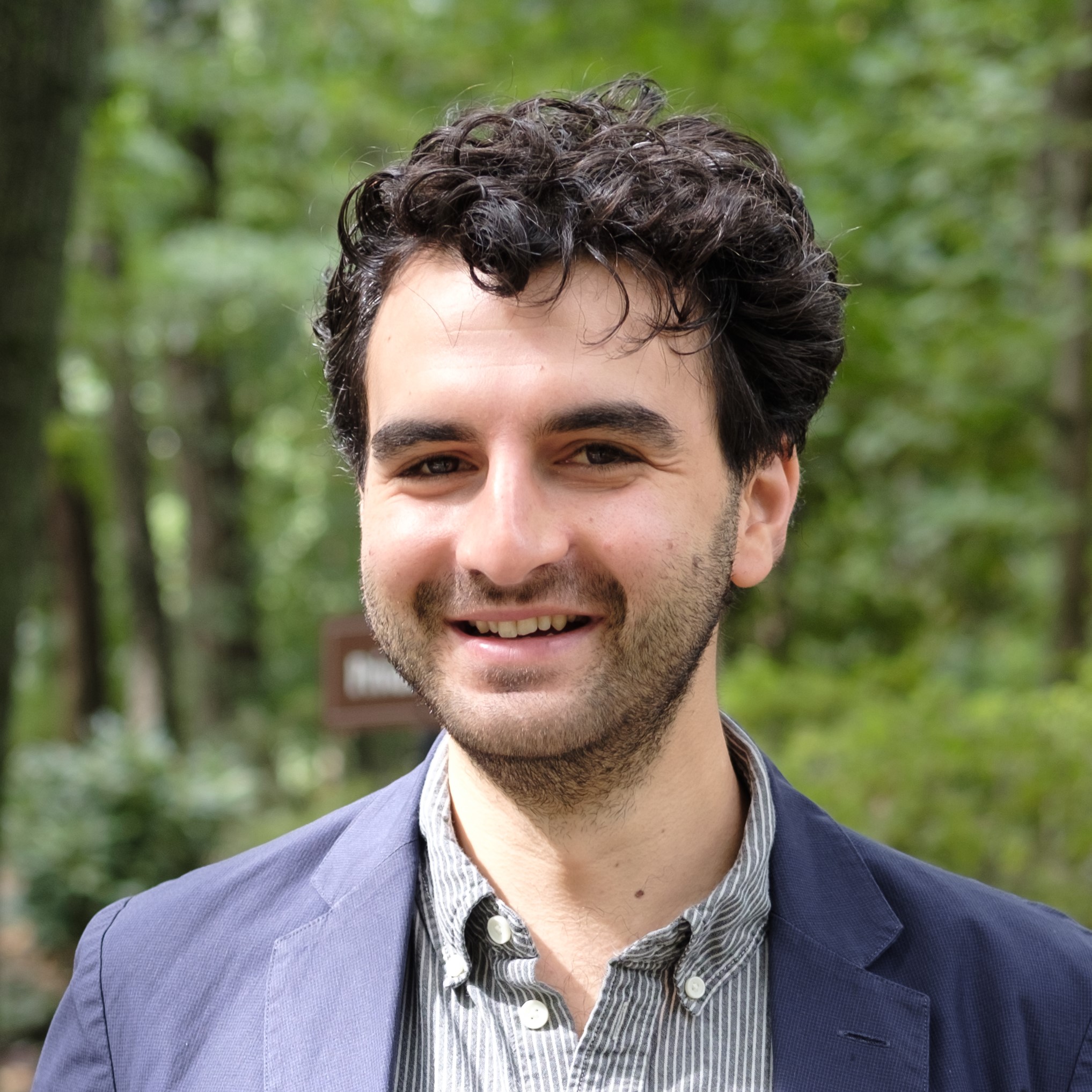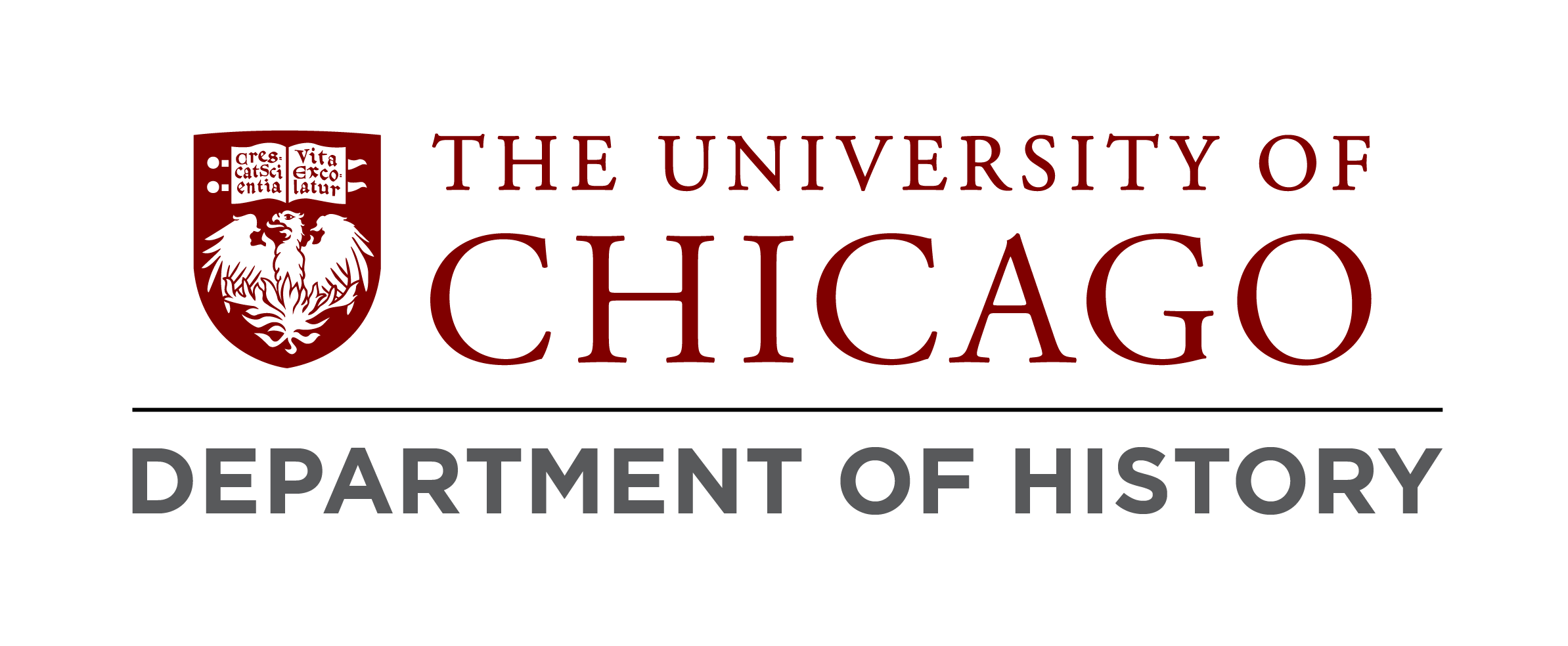Faculty Spotlight, Gabriel Winant

Gabriel Winant is Assistant Professor of History. Currently, he is on fellowship at Stanford's Center for Advanced Study in the Behavioral Sciences. His work focuses on structures of inequality in American capitalism. He emphasizes that capitalism is not just about the economy. Rather, it is comprehensive and multi-faceted, affecting labor, society, family, governance, and more. His current project explores the complex relationship between liberalism and the working-class in the early twentieth century.
-
Your book, The Next Shift, has been quite successful and sparked a lot of conversation about deindustrialization, health care, and social disparity. What do you think has been the most compelling conversation the book has either initiated or become a part of?
I’ve been really honored that the book has found readership among health care workers and especially labor movement activists; I often hear from nurses who are involved in their unions that they’ve read it in groups together, for example. I think this goes to the way that the book helps us connect the increasingly precarious and stressful experience of work—in health care, especially, but also more generally—to the general sense that the care resources of our society are overstretched: more people than ever have disabilities, addiction, chronic diseases, or struggle to access medicine or child care or elder care. These have generally been thought of as two separate problems; The Next Shift brings them together and points toward working-class movements as a useful and necessary answer to both crises at once. -
Your work on labor movements is particularly relevant now as several high-profile strikes have been successful and more appear to be on the horizon. How does the history of labor organization inform current movements?
A lot of the new organizing activity is intensely historically conscious, which is exciting to see. In the industrial sector, most notably the United Auto Workers, there’s a clear sense of the union’s historic role as the heart of the American labor movement, the key social movement actor in the New Deal of the 1930s: the recent strike at the Big Three was called the “stand-up strike” in explicit homage to the legendary “sitdown strikes” at General Motors in 1936-1937. But I’d also say that historical awareness plays a major role in organizing in new industries, such as food service (Starbucks), tech/logistics (Amazon), and higher ed (U of C for example). In a lot of these newer movements, activists have a keen sense of how the economy has changed historically and how that has affected their own economic prospects; and also that the labor movement develops organically over time as the economy changes, and so it’s workers themselves who have to take responsibility for bringing organization to new industries. -
Can you describe your current project and how you came to it? Does it connect to The Next Shift or is it something entirely different?
My first book rested on a somewhat implicit argument about the inner contradictions of the American welfare state, constructed by the Democratic Party in the 1930s and 1940s. And I noticed in the reception of the book that people who seem to agree about much have a wide range of contradictory views about what the New Deal was, where it came from, and what it meant. So that led me to decide to pursue an investigation of those questions, which historians have discussed a great deal but with most of the “current” scholarship written (or at least conceptually formulated) in the 1980s and 1990s. A lot of that work was about the inner integrity of American liberalism, how it found real solutions to the crises of modern society—and its recent downfall in the 1980s was basically contingent, bad luck, external interference, or something like that. I think if I’d been working in the 1980s I’d have thought that too, it’s a reasonable thing to think. But historiography is all about intergenerational dialogue, which becomes possible as changing times cause us to see the “same” past from new angles. And from the present day, liberalism looks much more entangled with conservatism to me than like a bulwark against it; so I wanted to pursue that entanglement back to the high point of liberalism in the New Deal, and see what it would mean to understand the New Deal state as contradictory and ambiguous from jump—a project simultaneously committed to representing and managing working-class people. This caused me to start investigating how liberalism understood and engaged with the real social problems in the working-class world of the early twentieth century, particularly in the industrial cities: the accumulating population of unemployable elderly men, for example, who no longer had a secure place in society; or the rise of modern infectious diseases such as syphilis and tuberculosis, which are diseases of social contact and not easily resolved through infrastructural upgrades. -
Has your work led you to uncover any curious stories from Chicago’s history? If so, can you describe one?
In the late 1930s, the New Deal launched a big anti-syphilis campaign nationwide. When public health officers rolled it out in Chicago, targeted especially at “hoboes,” they encountered great resistance. Here is how one doctor recorded the complaints:
This Syphilis drive is a Racket...If you haven’t got syphilis they will give it to you.*** You have to take 105 shots, 30 in the arm and 70 in the hip and then when you finish your treatment you are worse off than when you began.** It is a graft of the A.M.A. they charge you from one to ten dollars a shot and the Doctors thrive on the misery of the poor. They take the blood test from the poor stiffs, but they never bother the rich or the Society Folks. The Health Dept, is a part of the Capitalistic system who want to exploit and make life hard for the poor and the Hobos. -
As a professor, you teach several popular and intriguing courses. What is your approach to teaching and what are the key takeaways you want for your students?
I wish I had one consistent approach—I think I’m always experimenting, for good and ill! One conviction I have is that the most valuable thing that students learn in our classes is not a particular body of knowledge but a method of explanation. Up until they arrive in college, most undergraduates have been exposed largely to historical narratives stripped of such explanatory richness. They may have received and memorized lists of causal factors: the Civil War was caused by the conflict over slavery, particularly its expansion, and perhaps also had some connection to industrial development and trade; for the Depression, something about the gold standard and perhaps stock market speculation or tariffs. But how do these relate to each other? By what protocol can one even begin to say? In fact, every event is in some way caused by an infinite chain of events coming before it: this newsletter is the causal result of the Big Bang, the formation of the earth and its atmosphere and biosphere, the evolution of humanity, the rise of agricultural civilizations, and so on. But if a far-future historian found this newsletter in an archive and said “what’s interesting about this document is that it reveals the consequences of the Big Bang,” that would obviously be silly. That would be what we could called an “underdetermined” argument, which points to real causes, but not sufficient causes to explain the outcome.
Historical explanation is a distinctive procedure, although we do not always make this explicit. From my perspective, it’s defined by paradox, irony, and contradiction: caused by more than one factor, an event happens (the Depression is caused by the Big Bang and the First World War and the gold standard); the event, in turn, has more than one meaning—even contradictory meanings. Then these multiple meanings lead into new events, and on it all rolls, accumulating ever-more ironies. What I strive to teach students is the method of explaining events not by sweeping aside what is difficult or paradoxical, or forcing these confusing, contradictory elements into easy resolution, but by embracing their rich and overdetermined quality. (“Overdetermined,” a word often abused, describes when something happens for which we have more than 100% of the explanatory power we need to explain it—similar to how you might have a dream that is simultaneously about what happened to you last week, your relationship with your mom, a memory from childhood, and your anxiety about an upcoming event.) When you have too much explanation for something, you have to figure out what the relationship is between the seemingly different explanations, how they relate to each other in a way deeper than just adding them up. When you can do that, you have learned how to generate historical interpretations.
 THE UNIVERSITY OF CHICAGO
THE UNIVERSITY OF CHICAGO

